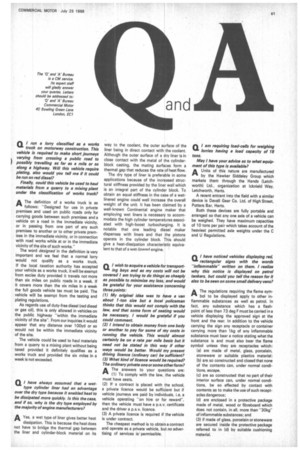/ have always assumed that a wet
Page 63

If you've noticed an error in this article please click here to report it so we can fix it.
type cylinder liner had an advantage over the dry type because it enabled heat to be dissipated more quickly. Is this the case, and if so, why is the dry type employed by the majority of engine manufacturers?
AYes, a wet type of liner gives better heat dissipation. This is because the heat does not have to bridge the thermal gap between the liner and cylinder-block material on its
way to the coolant, the outer surface of the liner being in direct contact withlthe coolant. Although the outer surface of a i:lry liner is in close contact with the metal of the cylinder' block casting, the mating surfaces form a thermal gap that reduces the rate of heat flow.
The dry type of liner is preferable in some applications because of the increased structural stiffness provided by the liner wall which is an integral part of the cylinder block. To obtain an equal stiffness in the case of a wetlinered engine could well increase the overall weight of the unit. It has been claimed by a well-known Continental engine maker that employing wet liners is necessary to accommodate the high cylinder temperatures associated with high-boost turbocharging. It is notable that one leading diesel maker dispenses with liners and that the pistons operate in the cylinder block. This should give a heat-dissipation characteristic equivalent to that of a wet-linered engine.
















































































































